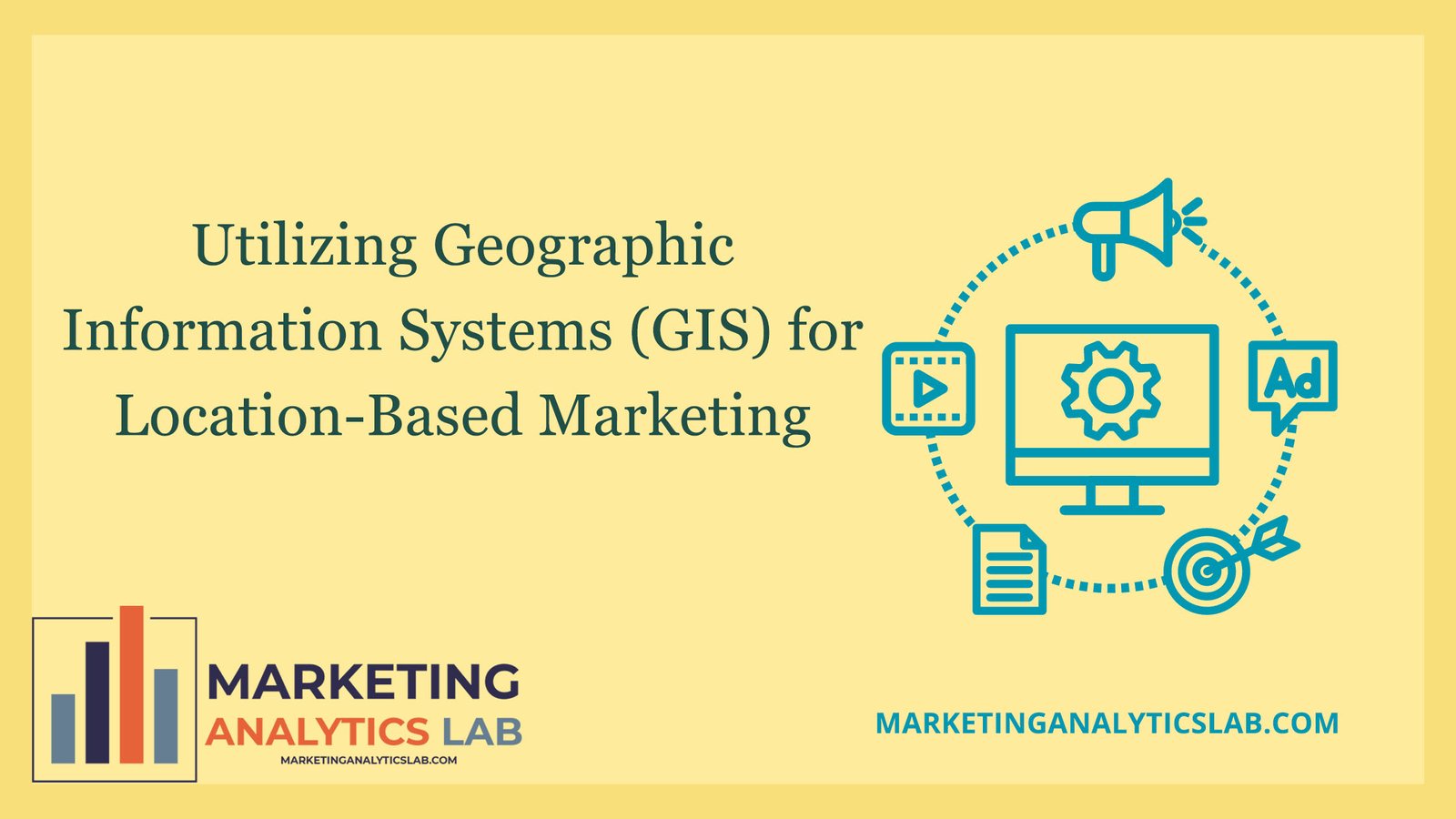Understanding Geographic Information Systems (GIS)
Geographic Information Systems (GIS) are powerful tools that allow businesses to analyze and visualize data in a spatial context. By using GIS technology, businesses can gather, store, and analyze geographic data to make more informed decisions. GIS uses layers of information, such as maps, satellite imagery, and demographic data, to provide a comprehensive view of a specific location. This technology can help businesses understand the physical characteristics of an area, identify trends and patterns, and determine the best locations for marketing campaigns.
One of the key benefits of GIS is its ability to integrate different types of data and analyze them together. For example, businesses can overlay demographic data with location data to identify target markets and tailor marketing strategies accordingly. GIS can also help businesses understand the proximity of competitors, transportation networks, and other factors that may impact marketing efforts. By utilizing GIS, businesses can gain a deeper understanding of their target audience and optimize their marketing efforts to reach them more effectively.
GIS can also be used to track the effectiveness of location-based marketing campaigns. By analyzing location data and customer behavior, businesses can measure the impact of their marketing efforts and make adjustments as needed. GIS technology can provide real-time data on customer interactions, foot traffic, and sales trends, allowing businesses to make informed decisions about their marketing strategies. Overall, GIS is a valuable tool for businesses looking to leverage location-based marketing to reach their target audience more effectively.
Implementing Location-Based Marketing Strategies
Location-based marketing strategies use GIS technology to target customers based on their geographic location. By utilizing GIS, businesses can create personalized marketing campaigns that are tailored to specific locations and demographics. For example, businesses can use GIS to send targeted advertisements to customers in a specific area or offer location-based promotions to drive foot traffic to a store. This type of targeted marketing can help businesses reach their target audience more effectively and increase engagement and sales.
To implement location-based marketing strategies effectively, businesses need to gather accurate and up-to-date geographic data. This data can include information such as customer locations, competitor locations, and demographic data. By analyzing this data using GIS technology, businesses can identify trends and patterns that can inform their marketing strategies. For example, businesses can use GIS to identify the best locations for new stores or target specific neighborhoods with promotional offers based on demographic data.
In addition to targeting customers based on their geographic location, businesses can also use GIS to personalize marketing messages based on customer behavior. By analyzing customer interactions and preferences, businesses can create tailored marketing campaigns that resonate with their target audience. For example, businesses can use GIS to send personalized offers to customers who have visited a store multiple times or send targeted advertisements based on past purchases. By leveraging GIS technology, businesses can create more targeted and effective marketing campaigns that drive engagement and increase sales.

